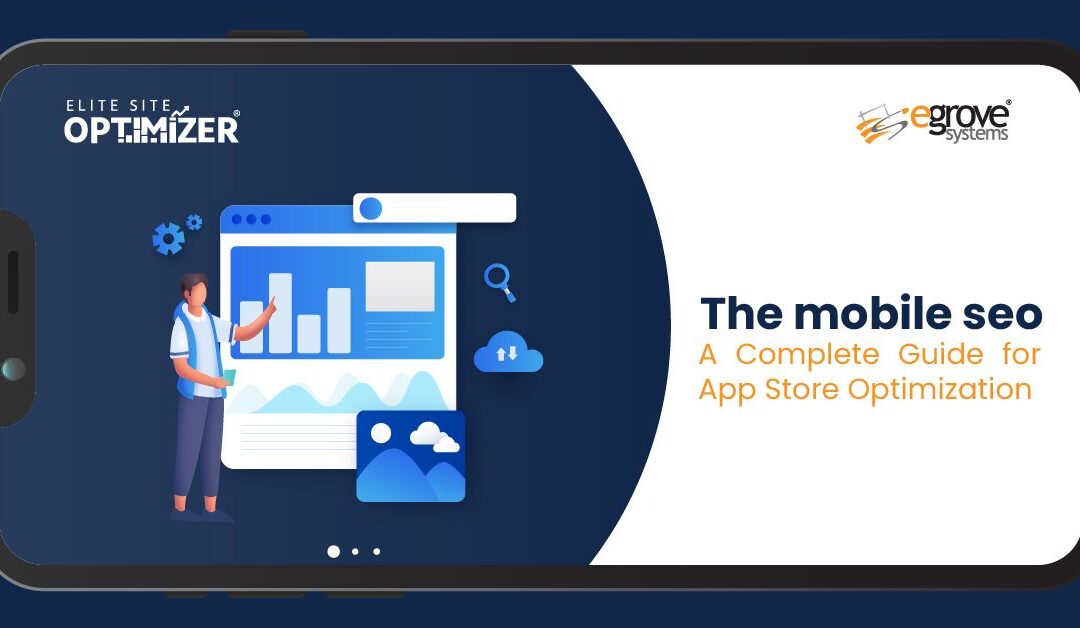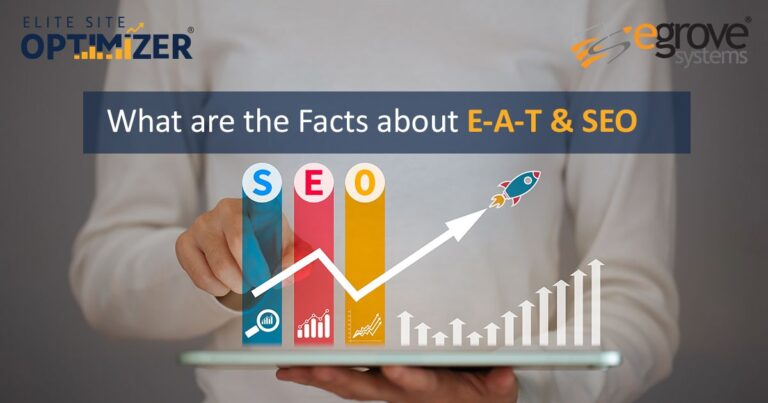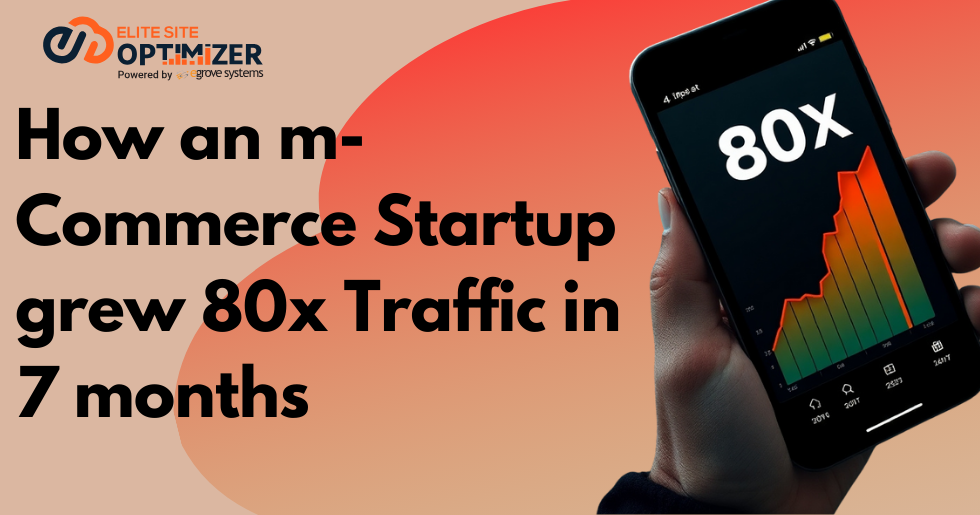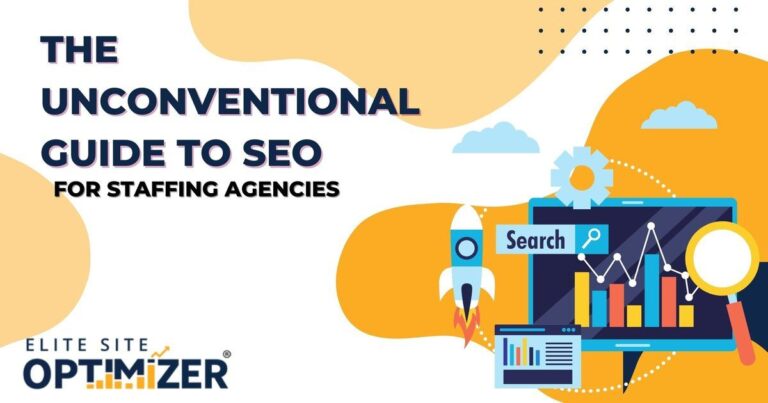You are on your way to launching your breakthrough app and making it a success. You are also ready to hit that “Launch” or “Publish” button. However, whether you launch your app or upgrade your app’s marketing strategies, the only thing you need to focus on is App Store Optimization. It ensures you are creating a profitable position for your new application, thus boosting app installation rates.
What is App Store Optimization?
App Store Optimization (ASO) is the process of improving your app’s user appeal and visibility on the app stores, like Google Play Store for Android and App Store for iOS, thus increasing its conversion rates. Besides focusing on boosting app store rankings, ASO also helps to improve its click-through rate (CTR).
App Store Optimization comprises two major components – app page optimization and search page optimization. The higher your ranks are on the search results, the higher clicks and app installs it will have. A well-optimized app also increases its potential for getting steady downloads in the future, as users can find it easily.
Read also:-What is an Elite site optimizer? A complete Guide to Elite Site Optimizer Features
Benefits of App Store Optimization
Statista says that Google Play Store had 3.3 million apps by Q1 of 2022. It also reported more than 2.1 million Apple App Store apps in that same period. With such a high number of apps, close to 5.4 million in both app stores, steadily maintaining high rankings steadily becomes a challenge for developers and eCommerce businesses.
Therefore, one needs to ensure high exposure and visibility for one’s app in the app stores. Developers must also ensure higher organic downloads, high-quality users, lower acquisition costs, increased app revenue, and global reach. App Store Optimization is the one-stop solution that can address all these aspects.
Summing up, App Store Optimization can offer you the following benefits –
- Gaining more organic app installs at lower acquisition costs
- Increased revenue and higher conversions
- Boosts reach and expand its visibility in front of relevant and high-quality users
- Offers high stability by bringing in steady downloads in the future
- Reach global audience
How Does App Store Optimization Work?
App Store Optimization works similarly to Search Engine Optimization (SEO). Like browser searches, in an app store, users search for the required keywords or app names, based on which the app store provides a list of relevant apps and games. App stores can also recommend other related apps and games based on your search histories and preferences or even the app’s popularity.
ASO for Different App Stores: Google Play Store vs. Apple App Store
The ranking factors and available fields vary depending on your app store. The two major app store names – Google Play and Apple App Store – work differently, as they have different algorithms. Therefore, developers or eCommerce brands need to identify the items they need to target while optimizing for different app stores.
Let’s discuss the similarities and differences between the two stores. Both stores require one’s apps to be approved and reviewed before the final launch. The approval process may take anywhere between a day to a week for both app stores, depending on the complexity and size of the app or game. If you plan to launch your app on a specific release date, you will be required to submit your app or game for review a week before that date.
Talking of the differences, Google Play provides a short app description field that Apple App Store doesn’t have. On the other hand, App Store comes with two unique features, including the subtitle and the keywords field, which you won’t get on Google Play. Here are the top-ranking factors of both platforms –
1. Google Play Store Ranking Factors
- App title
- App short and long descriptions
- Reviews and ratings
- Installs and audience engagement
- App updates
- In-app purchase titles and app descriptions
2. Apple App Store Ranking Factors
- App name
- App URL
- App subtitle
- Targeted and relevant keywords used
- Installs and audience engagement
- App updates
- User ratings and reviews
- In-app purchase titles and app descriptions
5 Steps to do App Store Optimization Effectively
Now that you are on the verge of launching your app, here are some finishing touches you can do to kickstart your App Store Optimization strategies.
1. Market Research and Competitor Analysis
First and foremost, identify your market standing and what are your strengths and weaknesses, especially compared to your competitors. Talking of competitors, you need to learn who your rivals are and what are their market strategies and market position. Identify the areas you need to work on to climb up the success ladder of ASO.
2. Keyword Research and Keyword Selection
After determining your market position, it’s time to know the top keywords that are best representing your strengths. By finding the right keywords based on popular search terms and market demands, you can work on planning better app promotion strategies, thus boosting your app’s visibility.
Choose relevant keywords and long-tail key phrases by using them in your app’s meta titles, meta descriptions, in-app purchase metadata, and more. By now, we must have known the unmatched role keywords play in boosting one’s search engine rankings.
3. Keyword Testing
Once you have selected your relevant keywords, start putting them together for wiring your app’s title, app description, keyword spot (for Apple App Store), subtitle, short description (for Google Play), and so on. Each of these fields will impact your app store search rankings, although in varying intensities.
4. Optimizing Conversions
Conversion optimization, yet another crucial approach in App Store Optimization, determines whether your user will actually go ahead and hit that “Install” button, even if they are able to find your app or game. The fact that your app is on the top of the app store searches is a result of your keyword research and keyword optimization efforts.
However, whether your app will receive clicks and downloads in yet another game of conversion optimization depends on factors like app screenshots, app icon, app video previews, app download numbers, app reviews and ratings, and more. Therefore, you need to put more effort into optimizing your conversion factors for a higher download potential.
5. A/B Testing
Many apps and games struggle to keep pace with the growing competition as they fail to experiment continuously. To beat the competition and achieve a favorable stand in the market, keep experimenting regularly and consistently. Avoid sticking to the first-ever app version you have created and published. Make small changes and upgrades in your app to serve your clients better and to give your rivals a competitive edge.
Final Words
To conclude, treat App Store Optimization like Search Engine Optimization and plan your app promotion strategies wisely, as you would do for boosting your website’s organic SEO. Optimizing your app for the app store platforms is vital to enhance app marketing and profitability in the long run.
By planning and implementing the right ASO strategies, you can increase your app’s visibility, downloads, and conversion rates, thus ensuring consistent growth in the upcoming years. So, with the help of this guide, start optimizing your app and leverage the power of ASO today!






